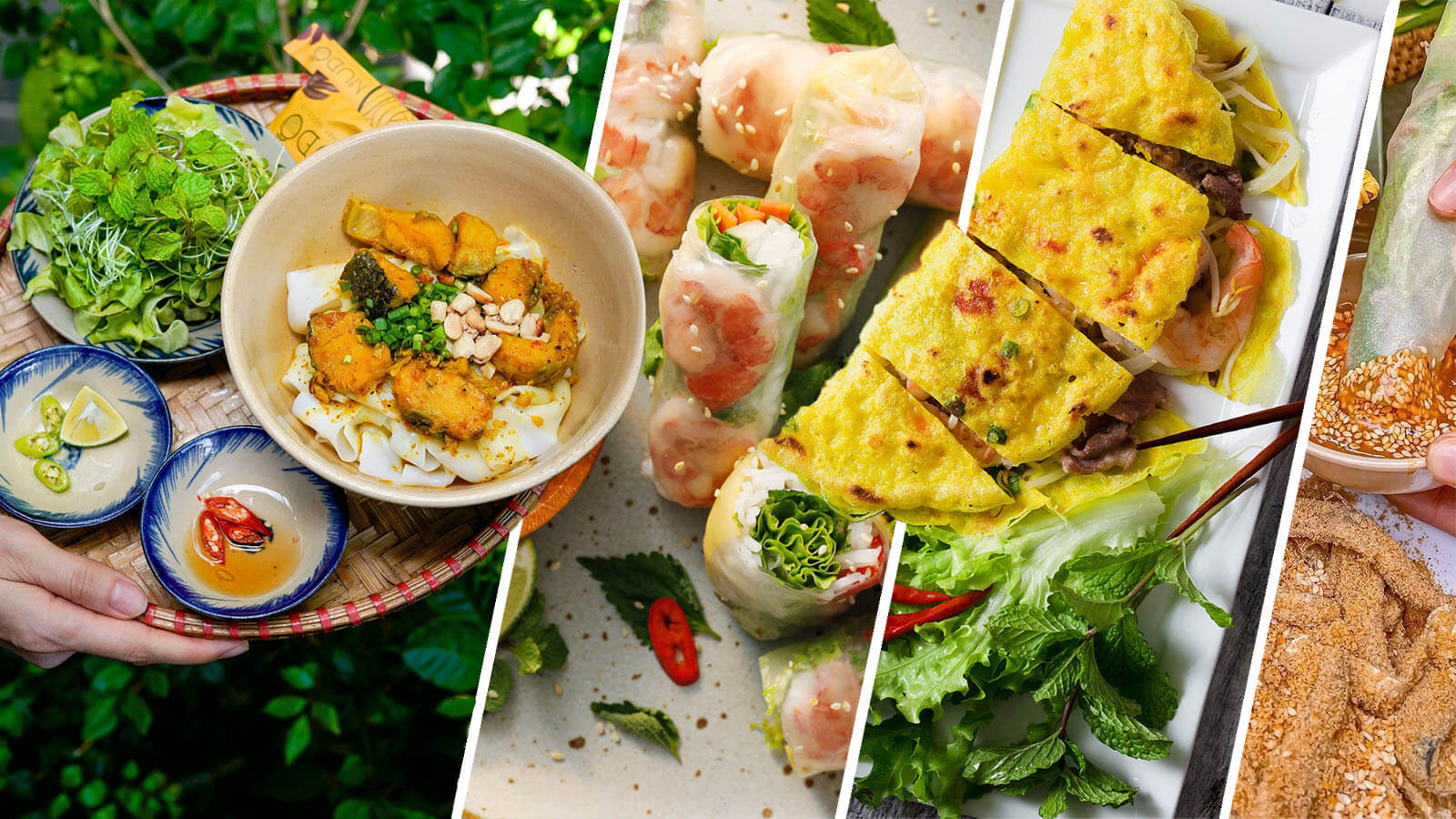Gastronomy in Motion: Creating Tourist Itineraries Focused on Culinary Experiences

The Transformation of Culinary Experiences in Travel
In an era where cultural immersion is paramount to the travel experience, the rise of food tourism signifies a profound shift in how we perceive culinary adventures. It has evolved far beyond simply enjoying a meal; instead, it’s about engaging with the essence of a region’s identity. Culinary experiences allow travelers to not only satisfy their taste buds but also to gain a deeper understanding of local traditions and lifestyles.
As travelers seek unique and authentic experiences, itineraries that prioritize these culinary adventures have gained popularity. Here are some of the key components that define this trend:
- Farm-to-Table Dining: This movement emphasizes the consumption of fresh, locally sourced food. Travelers can visit farms where they harvest vegetables or pick fruits, followed by enjoying dishes prepared with these ingredients at nearby restaurants. For instance, in the Hudson Valley, visitors can dine at eateries that collaborate with local farms to create seasonal menus that reflect the area’s agricultural bounty.
- Culinary Workshops: Engaging directly with local chefs in cooking classes offers an invaluable opportunity for travelers to learn traditional techniques. In cities like San Francisco, visitors might take a class on making sourdough bread, a staple of the city’s culinary scene, thereby creating a tangible link to the local culture.
- Food Festivals: These events serve as grand celebrations of regional cuisine and culture. The New Orleans Jazz & Heritage Festival, for instance, not only features world-class music but also showcases the city’s vibrant culinary scene through local dishes like gumbo, jambalaya, and beignets. Attending such festivals enables travelers to dive deep into the flavors and traditions of the area.
- Food Tours: Guided food tours are a fantastic way to explore urban neighborhoods. In Chicago, visitors can partake in pizza tours, sampling deep-dish offerings from iconic pizzerias while learning about the city’s history and culture through its culinary landscape. Such tours often introduce travelers to hidden gems that they might not discover on their own.
These rich culinary journeys do more than fill one’s stomach; they cultivate a genuine appreciation for the interconnected landscapes of culture, agriculture, and community. As travelers partake in these experiences, they contribute to local economies and promote sustainability, fostering a more wholesome interaction with the destinations they explore.
To illustrate the diversity of American cuisine, consider the distinct flavors found in the United States. From the spicy, bold flavors of Texas barbecue to the delicate balance of flavors in Florida’s key lime pie, each region offers a plethora of culinary delights.
As you embark on planning your own culinary adventures, reflect on the ways food serves as the ultimate bridge between cultures. By crafting itineraries that highlight these authentic experiences, travelers can nurture a deeper connection not only to the food but also to the people and traditions that enrich our diverse world.

DISCOVER MORE: Click here for eco-friendly travel inspiration
Elevating Travel Through Culinary Exploration
As the world becomes increasingly interconnected, the opportunity to engage with diverse culinary traditions has never been more accessible. Travelers are no longer satisfied with standard tourist itineraries filled with generic attractions; instead, they crave experiences that delve into the heart of a destination’s culture through its cuisine. Culinary tourism focuses on the unique food landscape, offering something that transcends mere sustenance to become a vital expression of heritage and identity.
When crafting gastronomic itineraries, several essential elements enhance the traveler’s engagement and provide a comprehensive aesthetic of the culinary scene:
- Local Markets: Visiting bustling markets allows travelers to interact directly with local vendors and artisans who are passionate about their craft. Markets like the Pike Place Market in Seattle not only offer fresh produce and artisan goods but also showcase the region’s commitment to sustainability and local sourcing. Engaging with farmers and producers ties travelers to the land and its traditions, enriching their understanding of regional flavors.
- Culinary Heritage Tours: This immersive experience guides visitors through historical culinary sites, recounting the stories behind signature dishes. For example, tours exploring the history of New England clam chowder or the origins of Texas chili reveal how local ingredients and cultural influences shape taste preferences over generations. These narratives add depth to the tasting experience, creating a connection that is both educational and flavorful.
- Farm Stays: For those looking to take a deep dive into the world of agriculture, farm stays present an interactive opportunity to experience farm life firsthand. Participants may assist in daily activities like milking cows or harvesting crops, followed by enjoying meals featuring ingredients they helped produce. This approach not only fosters a profound appreciation for the labor that goes into food production but also supports agritourism initiatives that sustain rural economies.
- Chef Collaborations: Pairing with celebrated local chefs for exclusive dining experiences allows travelers to witness culinary artistry first-hand. Many regions feature chef-led dining experiences that incorporate unique local ingredients, showcasing signature techniques. For instance, in Los Angeles, foodies can find themselves dining at a pop-up that features a collaborative menu between an acclaimed chef and local farmers, ensuring a meal that is both innovative and representative of the area.
Culinary travel fosters connections—not just between visitors and food but also between people, culture, and the environment. By engaging deeply with culinary practices, travelers contribute to the preservation of local traditions and the economies that rely on these gastronomic legacies. Their adventures become vehicles for cultural exchange, honoring the craftsmanship that defines every dish they encounter.
The United States, with its rich tapestry of flavors—ranging from the spicy zest of Southern cooking to the nuanced dishes of the Pacific Northwest—serves as an exemplary landscape for culinary exploration. The diversity found within its borders allows for endless discovery, as regional ingredients and cooking methods create unique dining experiences worth celebrating.
As we pursue culinary itineraries, it’s imperative to remember that food is not merely a commodity but rather a cultural artifact that tells the story of a place and its people. Creating these itineraries means curating experiences that elevate food from a simple meal into a dialog that fosters understanding and respect among cultures.
Exploring Culinary Connections
The art of creating tourist itineraries focused on culinary experiences goes beyond merely tasting food; it weaves intricate stories of culture, history, and community, fostering tourism experiences that are rich and memorable. One must consider the diverse elements that play a crucial role in capturing the essence of a destination’s gastronomy.
Immersive Culinary Experiences
When crafting itineraries, the goal should be to offer immersions into local culinary traditions. This can include hands-on cooking classes with local chefs, farm-to-table dining experiences, or guided visits to bustling street food markets. Each of these provides travelers with a unique opportunity to not only taste but also to understand the labor and love that goes into every dish, creating lasting memories.
Engaging Local Communities
Furthermore, engaging local communities is vital to showcasing authentic culinary experiences. Tourists can gain deeper insights into a region’s culture by attending food festivals, participating in traditional celebrations, or visiting local producers. Such interactions can enhance their understanding of regional specialties, enriching their travel experience while supporting local economies.
Highlighting Culinary Diversity
Culinary itineraries can also emphasize the diversity of cuisines available within a single destination. By representing various cultural influences, travelers are encouraged to explore and appreciate the multifaceted essence of a locale. For example, a foodie tour through a city with rich immigrant history may highlight contrasting culinary techniques and flavors, making their experience thoroughly engaging and enlightening.
Promoting Sustainability and Responsibility
Additionally, there is an increasing demand for sustainable and responsible travel. Tour operators can focus on itineraries that highlight local farms and eco-friendly dining options. This not only promotes sustainability but also educates travelers on the importance of supporting local culinary ecosystems and reducing their carbon footprints. By creatively blending local knowledge, cultural engagement, and sustainability, itineraries centered around culinary experiences can forge new pathways for travelers while enhancing their overall enjoyment of the journey. The delicate dance between experiencing a destination’s cuisine and connecting with its people holds the potential to transform ordinary trips into extraordinary adventures.
| Category | Advantages |
|---|---|
| Culinary Heritage | Highlights history and tradition through food. |
| Local Engagement | Fosters connections between tourists and local communities. |
In discovering these culinary journeys, travelers are also invited to embrace the very spirit of the places they visit, transforming mere sightseeing into immersive cultural exchanges.
CHECK OUT: Click here for budgeting tips while traveling
Culinary Experiences That Ignite the Senses
As we venture deeper into the world of culinary tourism, it becomes clear that the essence of food goes far beyond taste. The aromas, textures, and visuals of local dishes offer an immersive experience that embodies the very spirit of a destination. To create memorable and enticing gastronomic itineraries, incorporating sensory-rich experiences is crucial. Here are some compelling components that elevate culinary travel:
- Food Workshops: Participating in hands-on cooking classes allows travelers to engage directly with local cuisines and techniques. For instance, in New Orleans, visitors can learn to craft authentic gumbo or jambalaya, experimenting with the rich spices and ingredients that define Creole cooking. These classes not only offer practical skills but create a connection to the community’s food traditions, making the experience unforgettable.
- Culinary Festivals: The United States hosts numerous culinary festivals showcasing regional specialties, from the Oregon Truffle Festival to the North Carolina BBQ Festival. These celebrations present a unique opportunity for travelers to sample a diverse array of dishes, meet passionate chefs, and immerse themselves in a vibrant atmosphere. Events like these highlight seasonal ingredients and allow visitors to appreciate the creativity involved in culinary presentation.
- Dining with a Local: Shared meals with local families or culinary enthusiasts open a window into everyday dining culture. Platforms like EatWith connect travelers with hosts who share their favorite recipes and stories, ensuring a genuine culinary exchange. This local perspective enriches the traveler’s understanding of regional food habits and traditions, transforming a meal into a narrative experience.
- Wineries and Breweries Tours: Regional food experiences are often intertwined with exceptional beverage offerings. Visiting local wineries in Napa Valley or microbreweries in Portland allows visitors to appreciate the craftsmanship behind the drink. Guided tastings often accompany detailed insights into the production processes, elevating the dining experience as travelers pair these beverages with local dishes, exploring the intricate harmonies of flavors.
Integrating these experiential elements into culinary itineraries does more than cater to the palate; it transforms food into a cultural celebration, enhancing the traveler’s connection to the destination. By understanding the stories behind the food and the people who create it, travelers gain a profound respect for culinary craftsmanship, enriching their journey.
Moreover, food has the power to act as a bridge between diverse communities, offering insights into the broader social and cultural context of a region. Engaging with local chefs, farmers, and artisans not only tantalizes the taste buds but cement relationships that highlight the value of community support for sustainable practices. As tourists immerse themselves in these culinary experiences, they become advocates for local food movements, driving demand for conscious tourism that promotes environmental, social, and economic sustainability.
The importance of conscious sourcing highlights another dimension of culinary tourism. Awareness around the environmental impact of food production has led many travelers to seek itineraries featuring farm-to-table dining experiences. Establishments in regions like California and the Finger Lakes of New York often prioritize local purveyors, ensuring that fresh produce and responsibly raised meats are featured prominently on their menus. This practice not only benefits diners but bolsters the local economy and supports agricultural sustainability.
As gastronomy continues to evolve as a focal point in travel, the creation of diverse and inclusive culinary experiences propels travelers into a world where the journey is as flavorful as the destination. Embracing these multifaceted culinary practices enriches personal narratives while fostering a deeper appreciation for the stories that every dish has to tell.
DIVE DEEPER: Click here to uncover more insights
Conclusion: The Future of Culinary Travel Awaits
In conclusion, the vibrant world of culinary tourism is rapidly transforming the way we explore new destinations. As travelers increasingly seek immersive experiences that engage not just the taste buds but also the entire sensory spectrum, the demand for well-crafted itineraries becomes paramount. By strategically incorporating hands-on activities, local interactions, and community engagements, tourism providers can create unforgettable culinary journeys that resonate with visitors long after the plates are cleared.
Furthermore, as awareness around sustainable food practices continues to rise, the culinary tourism landscape must adapt to prioritize responsible sourcing and support for local economies. Travelers are not only seeking culinary delights but also striving to make meaningful connections with their food, fostering a sense of responsibility toward the environment and local communities. This integration of ethics and gastronomy not only enriches the travel experience but also allows consumers to contribute positively to the areas they visit.
Ultimately, the art of crafting engaging culinary itineraries lies in storytelling and connection. As we explore the mouth-watering possibilities of the culinary world, let us celebrate the richness of each destination through its food, the passion of those who create it, and the narratives that cross cultural divides. With every bite, we are not just eating; we are tasting the culture, history, and heart of a community. As we move forward, the call for more intricate, locally-focused, and sensory-aware gastronomic experiences only grows louder, beckoning travelers to embark on a journey of taste that ignites their adventurous spirits.

